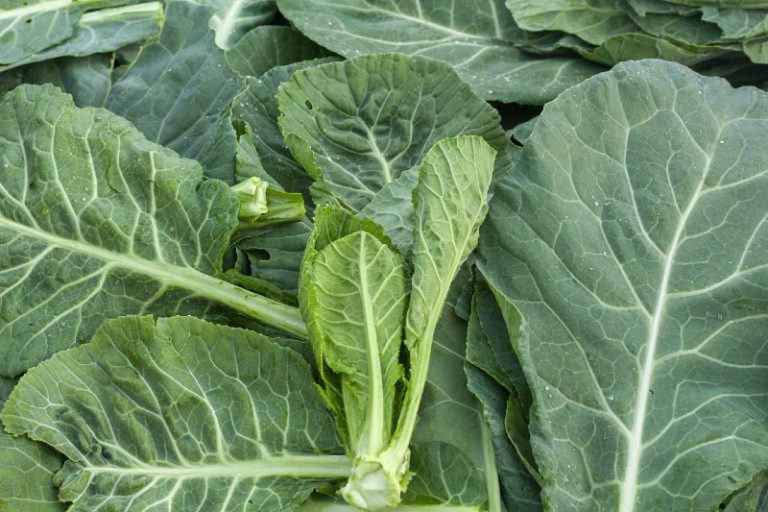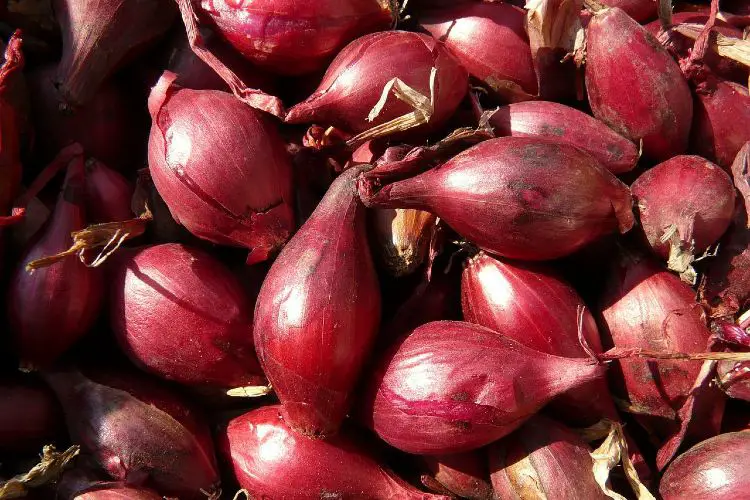What Does Coconut Taste Like?
Quick Answer
The taste of coconut is generally rich, sweet, and slightly nutty. The meat, or the white part inside the shell, has a creamy texture and a unique, distinct flavor. Coconut milk and cream are also rich and sweet, often used to add creaminess in cooking. Coconut water, found in young coconuts, is a refreshing, slightly sweet and nutty liquid.
What are Coconuts?
Coconuts are the fruit of the coconut palm tree, scientifically known as Cocos nucifera.
Native to tropical regions, the coconut is a versatile ingredient used in a variety of culinary and non-culinary applications.
The fruit consists of a hard outer shell, a layer of fibrous husk, and a seed inside which contains the edible “meat” and coconut water.
Different parts of the coconut are used for producing products like coconut oil, coconut milk, and coconut flour, among others.
What Does Coconut Taste Like?
Sweetness
One of the most distinguishing features of coconut is its inherent sweetness. This sweetness is more prominent in some forms of the fruit than others.
For instance, the flesh or meat of the coconut is mildly sweet, providing a delightful contrast to savory dishes and adding depth to desserts.
Coconut milk and cream are richer and can be sweeter, often used in curries or sweet dishes like puddings. Coconut water is also sweet but in a more refreshing and subtle way, making it a popular choice for hydration.
Nuttiness
Coconut has a unique nutty flavor that sets it apart from other fruits and nuts.
This nuttiness is most evident when the coconut is toasted but is also present in a milder form in fresh coconut meat and its derivatives like coconut milk and oil.
This nutty undertone is what makes coconut so versatile, allowing it to blend seamlessly into both sweet and savory dishes.
Richness
The richness of coconut comes primarily from its fat content, especially evident in products like coconut milk, cream, and oil.
These are often used to add a creamy, rich texture to various dishes, from Thai curries to tropical smoothies. Even the meat, when consumed fresh, has a creamy, rich mouthfeel.
The oil is also often used for cooking and frying, contributing a rich, deep flavor to the foods.
What is The Texture of Coconut Like?
The texture of coconut can vary depending on the form in which it’s consumed:
- Fresh Coconut Meat: Fresh coconut meat is firm and somewhat crunchy. It’s not as hard as a nut, but it’s not as soft as regular fruit flesh either. It has a somewhat fibrous, chewy texture that can be quite satisfying to eat.
- Coconut Milk and Cream: These are liquid forms of coconut but have a smooth, creamy texture. Coconut milk is more fluid, while coconut cream is thicker and richer.
- Desiccated or Shredded Coconut: This is dried coconut meat and has a chewy, fibrous texture. It can add a bit of crunch and chewiness to baked goods and desserts.
- Coconut Oil: At room temperature, coconut oil is typically in a solid state and has a smooth, waxy texture. When heated, it melts into a clear liquid.
- Coconut Water: This is the clear liquid from inside a young coconut. It’s not viscous and has the same texture as water but is sweet and refreshing.
The Culinary Uses of Coconut
Coconut is an incredibly versatile ingredient used in a wide variety of culinary applications.
- Savory Dishes: Coconut milk and cream are frequently used in soups, stews, and curries to add richness and depth.
- Sweet Treats: Desiccated coconut and fresh coconut meat are often used in desserts like cakes, pies, and macaroons.
- Beverages: Coconut water is consumed as a refreshing drink, and it’s also used as a base for cocktails like Piña Coladas.
- Cooking Oil: Coconut oil is used for frying and sautéing, as well as a dairy-free butter substitute in baking.
- Other Uses: Coconut flour provides a gluten-free alternative for baking, while coconut sugar offers a more natural sweetening option.
FAQs
Does All Coconut Taste The Same?
No, the taste of coconut can differ based on its form and how it’s processed. For example, fresh coconut meat tastes different from desiccated coconut or coconut milk. Additionally, factors like soil quality and climate can affect the taste.
Why Do Some People Dislike The Taste Of Coconut?
Taste is subjective, and for some, coconut might be an acquired taste. Some people dislike its sweetness or the particular type of nuttiness it has.
Is Coconut Sweet Or Savory?
Coconut is naturally sweet, but it is versatile enough to be used in both sweet and savory dishes. In savory dishes, it often balances out spicier flavors.
How Does The Taste Of Coconut Water Differ From Coconut Milk?
Coconut water is the clear liquid from inside a young coconut and is generally sweet and refreshing. Coconut milk, made by blending coconut meat with water, is richer, creamier, and has a more pronounced coconut flavor.
Does Cooking Alter The Taste Of Coconut?
Yes, cooking can change the taste and texture of coconut. Toasting it, for example, can enhance its natural nuttiness.
Is There A Difference In Taste Between Fresh And Dried Coconut?
Yes, fresh coconut meat is generally more moist and has a milder flavor compared to dried or desiccated coconut, which is more concentrated in flavor and has a chewier texture.
Does Coconut Oil Taste Like Coconut?
Generally, yes. Virgin coconut oil has a noticeable coconut flavor and aroma. However, refined coconut oil has a more neutral taste.
What Can I Pair With Coconut To Enhance Its Flavor?
Spices like cinnamon, nutmeg, and cardamom pair well with coconut, as do fruits like mango, pineapple, and lime. In savory dishes, it works well with flavors like ginger, garlic, and chili.
Can You Substitute Coconut Milk For Dairy Milk In Recipes?
Yes, but keep in mind that coconut milk is richer and has a distinct coconut flavor. The substitution might alter the taste and texture of the dish.
What are the Different Types of Coconut Available?
- Fresh Coconuts: Whole, unopened coconuts with the husk still attached.
- Coconut Meat: The white flesh inside the coconut, available fresh, frozen, or canned.
- Coconut Milk and Cream: Liquids extracted from the meat, often used in cooking.
- Desiccated and Shredded Coconut: Dried, grated coconut meat, used in baking and cooking.
- Coconut Oil: Extracted from the meat, used for cooking and skin care.
- Coconut Water: The clear liquid from inside young coconuts.
- Coconut Flour: Ground, dried coconut meat, used as a gluten-free flour substitute.
- Coconut Sugar: Sweetener made from the sap of the coconut palm.
How Do I Know If My Coconuts Have Gone Bad?
- Smell: A sour or musty odor indicates that the coconut has gone bad.
- Texture: Slimy or discolored flesh is a sign of spoilage.
- Coconut Water: If it tastes sour or off, the coconut is likely spoiled.
- Mold: Visible signs of mold on the meat or the inside of the shell.
- Expiration Date: For packaged products like coconut milk or oil, always check the expiration date.
What Does Coconut Milk Taste Like?
Coconut milk has a rich, creamy texture and a sweet, slightly nutty flavor. It’s often used in both sweet and savory dishes, adding a luxurious mouthfeel and complex taste profile. Coconut milk is particularly popular in Southeast Asian and Caribbean cuisines.
What Does Coconut Water Taste Like?
Coconut water is the clear liquid found inside young coconuts. It’s refreshingly sweet, slightly nutty, and has a subtle, natural electrolyte balance, making it popular for hydration.
Is Coconut Sweet or Bitter?
Coconut is generally sweet, although the intensity of its sweetness can vary depending on the form. Fresh coconut meat and coconut water are mildly sweet, while processed forms like coconut milk and cream can be richer and sweeter. It’s rarely bitter; if you encounter a bitter taste, it could be a sign of spoilage.




